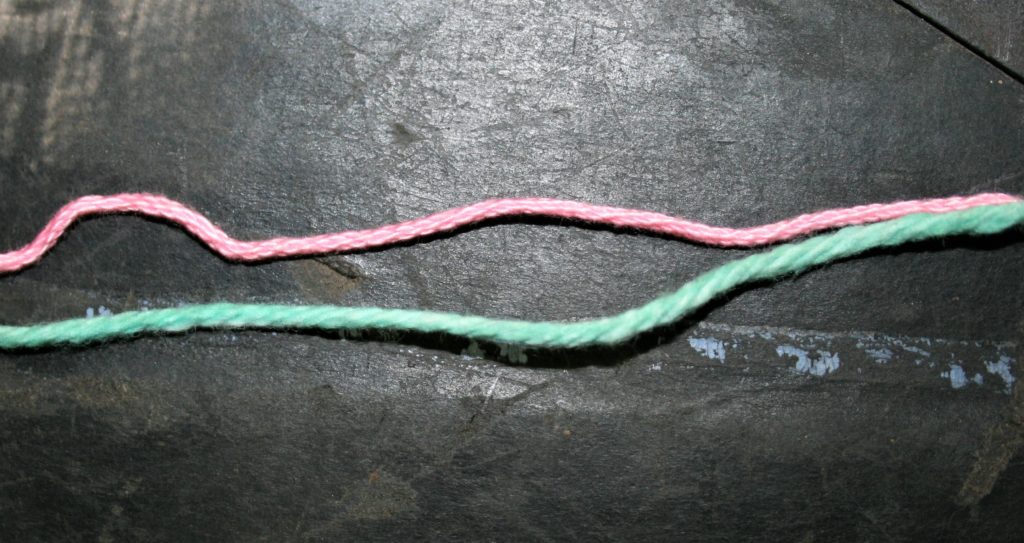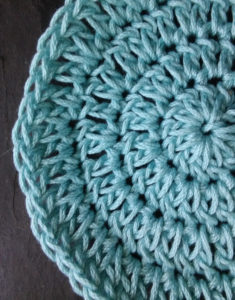The weather is changing and I want to crochet with cotton, but not all cotton is created equally.
When going through the craft store aisle of yarn, finding a cotton yarn for you project can be a bit challenging. The mainstream market seems to only have room for cotton crochet thread and a medium weight cotton that is often associated with dish towels. (Need to know more about yarn weight? Here is some info)
As I venture into my small local yarn store I do find a finer weight yarn of cotton, but it states “Mercerized”. It has a nice sheen, but is this what I need for my project?
Knowing a bit about cotton, can really help you to avoid any mistakes with projects in the future.
What is Cotton?
Cotton is a plant based fiber, well it is actually a cellulous based fiber that protects a plants seeds in what is referred to as a boll. The fiber has a short staple, meaning a short length. Due to the short nature of the fiber it is spun together more times than might be necessary for a wool yarn. This is strictly due to its length.
When long fibers are twisted together they have more points of contact when lying next to each other, so just a few twists can hold them together. With cotton being short, however, the fibers do not have as many points of contact, and thus have to be twisted together more times to ensure that they stay twisted together.
It is this high amount of twist that can cause cotton to shrink on its first wash. When water finally makes contact with the spun cotton, the cotton actually relaxes and while it softens up, it also can be less stretched and thus “shrink”. Unlike wool this reaction will only occur once, and for any use forward the cotton will remain completely stable.
What is Mercerized?
Many like to use cotton yarns for dish clothes, however this is where you need to understand the term “mercerized”. Cotton when spun can have a soft, fuzzy, halo around it. You find this in most medium weight cotton yarns available on the market today. The term mercerized is a process in which the cotton yarn is essentially singed and the fuzzy halo is removed, leaving in its place a sleek shiny yarn.

So why is it important to know about mercerized? Well, for started mercerized cotton does not absorb water like un-mercerized yarn. Meaning if you wanted to make a dish towel mercerized cotton will not behave in a manner that you desire. This is a pretty important distinction, and one worth repeating. If you want to make household items that will absorb liquids, do not use mercerized cotton.
Mercerized cotton I find to be lovely in garments and shawls. It has a nice sheen and feels like cotton, but unlike my T-shirt, if you hit me with a water balloon it will not pull dramatically down with the weight as it will not be absorbing the water.
Where Can I Find Cotton Yarn?
You might have to do a bit of looking to find cotton yarns for you project, but it is worth the trouble. Here are a few suggestions:


